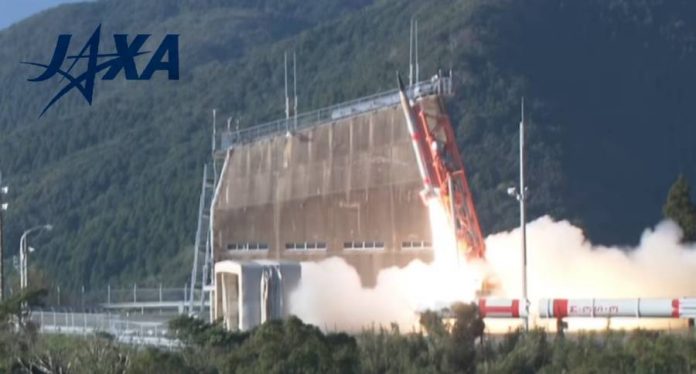
Japan’s Aerospace Exploration Agency (JAXA) has failed to launch an in-orbit satellite through a mini-rocket that was in development over the last few years. The SS-520 cleared the first phase of detachment, but communication problems prevented the mission from continuing.
The launch took place on Sunday at approximately 8:33 JST. The rocket went off from the Ochinoura Space Center in the Kagoshima Prefecture. It measured only 35 feet in length and had a diameter of 20 inches.
The onboard satellite only weighed about 7 pounds. Japanese researchers only intended for it to take snapshots of the Earth’s surface and collect other types of data. After unsuccessful attempts to communicate with the rocket, it fell back to Earth at an expected spot.
https://www.youtube.com/watch?v=MNeYYAUdgkY
Japan look to make a standard out of smaller space crafts
The nation’s mini-rocket is currently the smallest ever designed for a trip out of the atmosphere. Japan, along with NASA, is looking into better and cheaper ways to take instruments and satellite to space.
For instance, earlier last year, NASA announced its intent to launch a swarm of small satellites to the Earth’s orbit. Those little probes would gather information on the weather to provide scientists with better insights on climate change.
The project’s name is Cyclone Global Navigation Satellite System (CYGNSS) and launched successfully last December. Japan’s attempt at a smaller satellite relates, in a way, to this advancements.

The Asian nation’s recurring problems with space exploration
This event brings back memories of Japan’s Hitomi satellite, which did go on orbit but became lost shortly after exiting the atmosphere because of a small engineering error that caused it to spin uncontrollably.
The spacecraft, previously known as Astro-H, was a way for scientists to study black holes and other outer space phenomena. It cost the country approximately $300 million, and JAXA has been trying to get back on track ever since.
About the SS-520 and the mini satellite
The S-Series rockets have been in use since the 1960s. They are exclusive to Japan’s space agency and have been the object of successful test launches in the past.
Japan managed to deliver two payloads out of the atmosphere using these rockets, one in 1998 and the other in 2000.
The TRICOM1 craft is a dedicated CubeSat (Cube Satellite) model developed for short-period space exploration at the University of Tokyo. As a nanosatellite, it was also Japan’s most recent bid for cost-effective data collection instruments.
Source: Engadget











